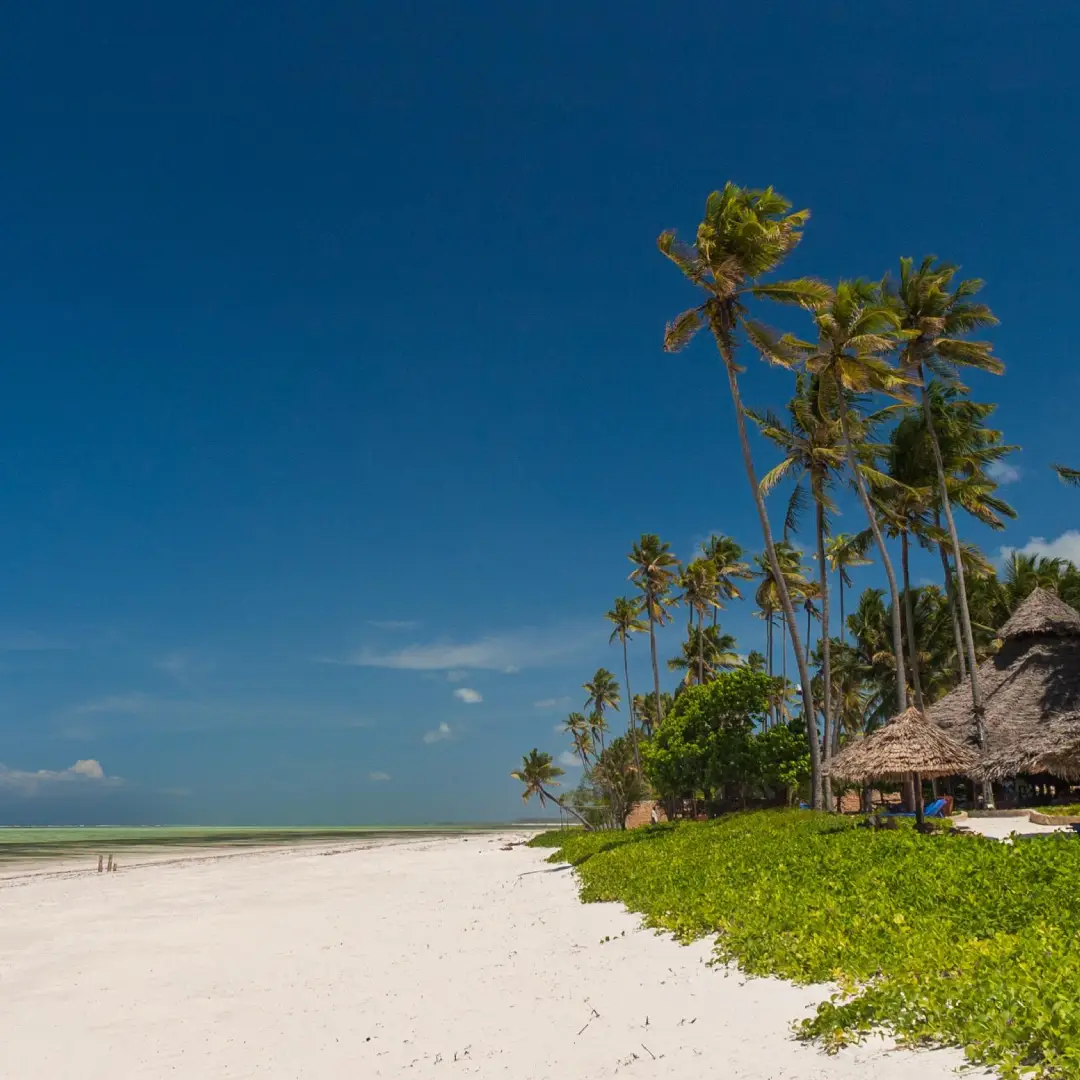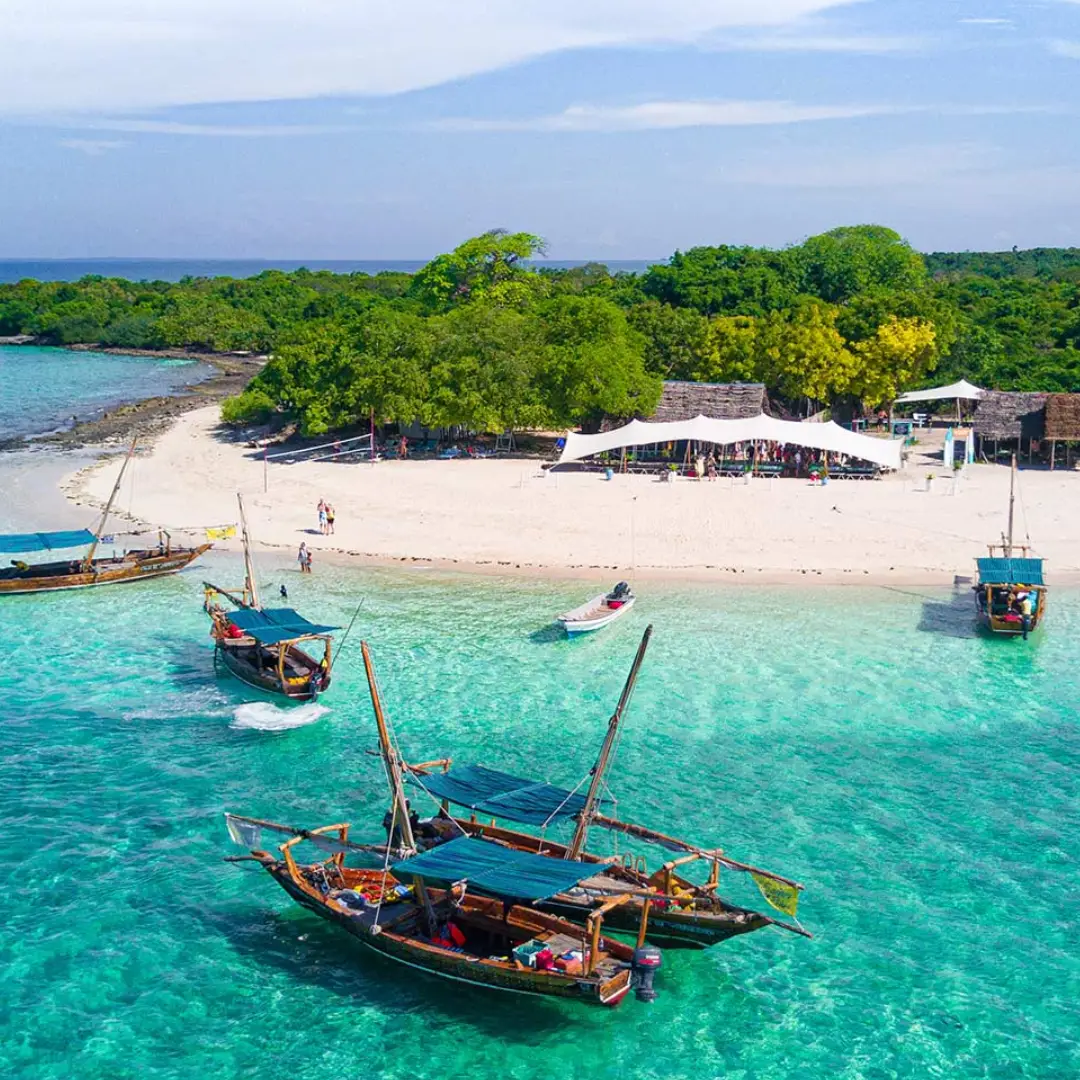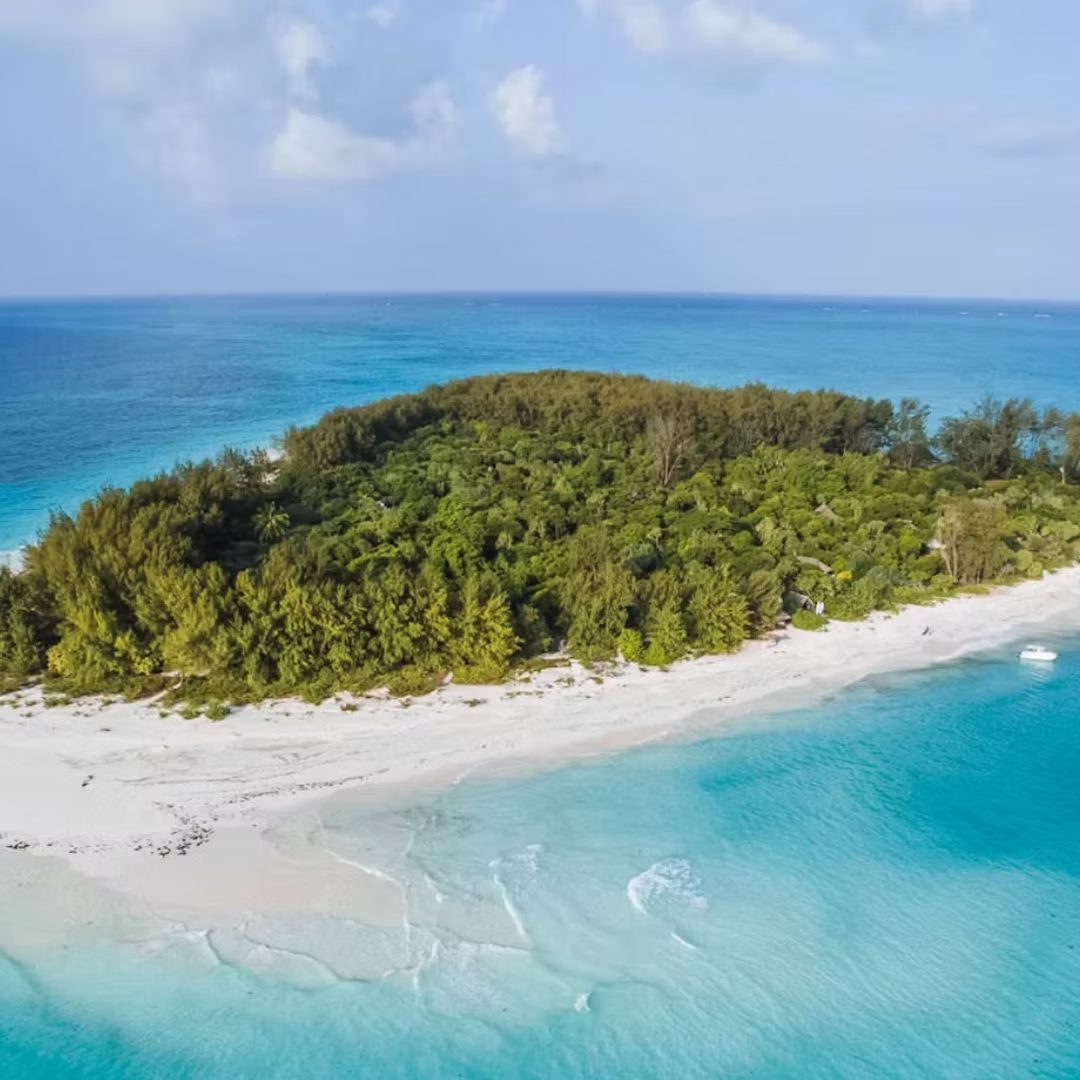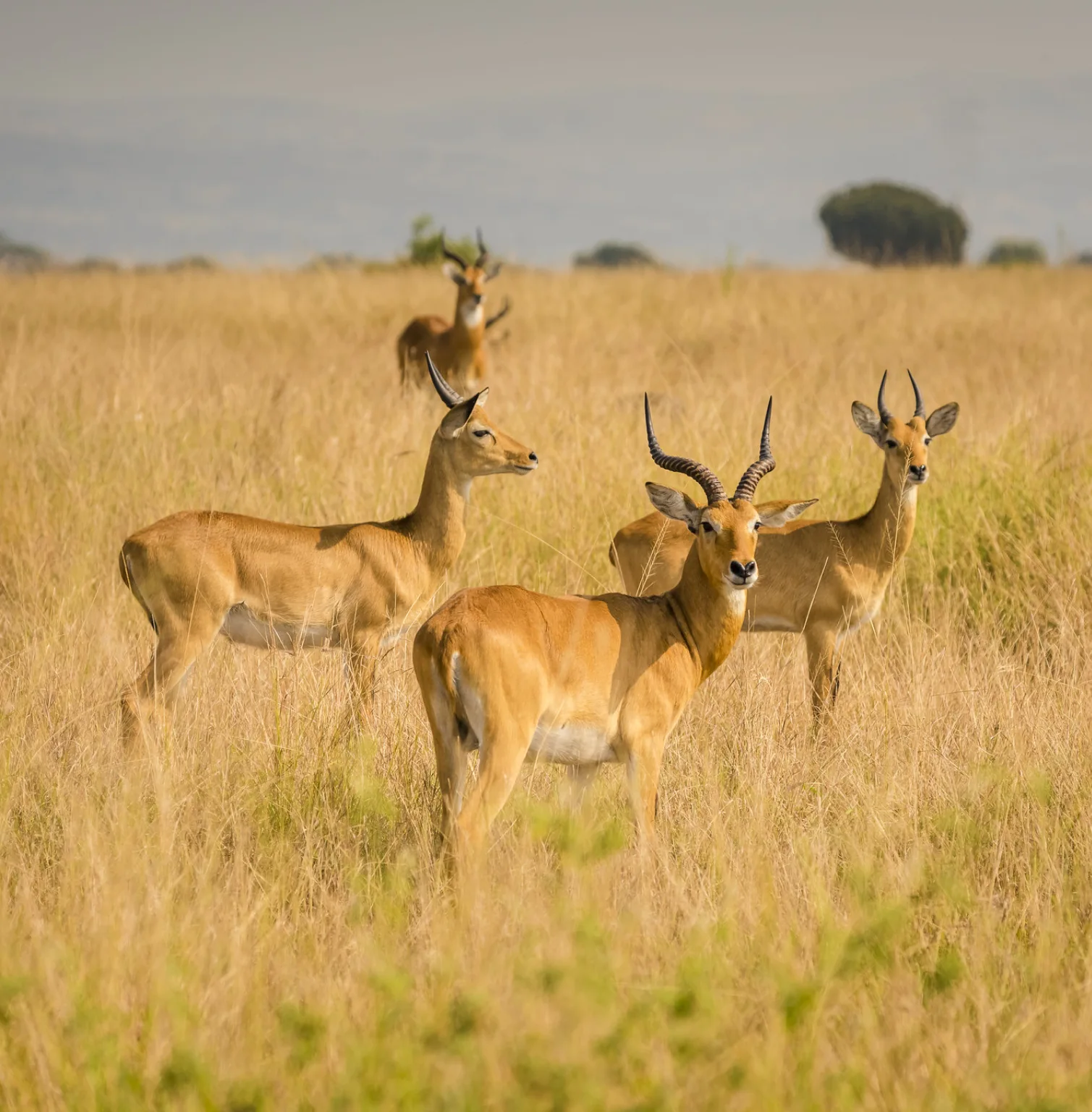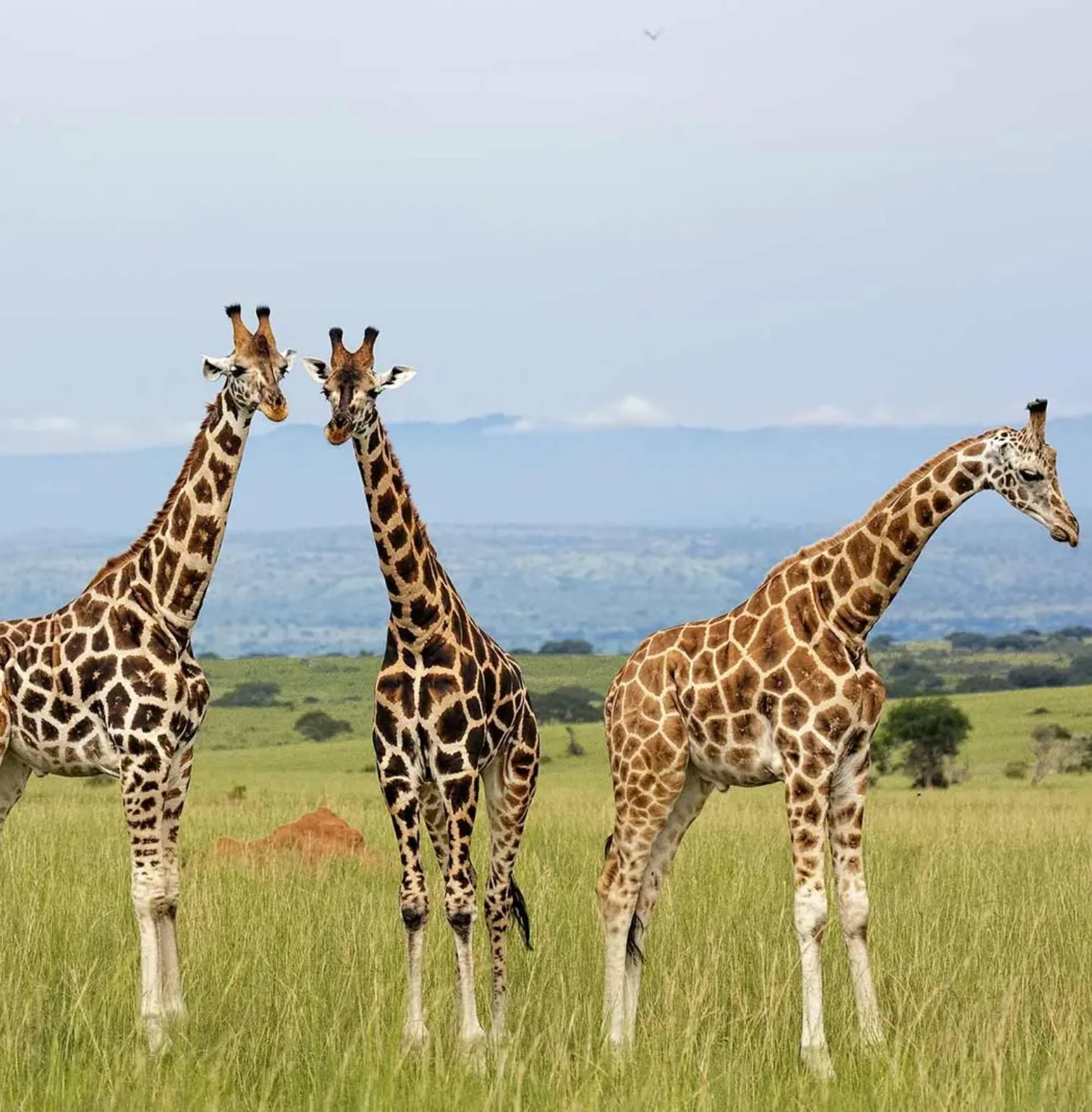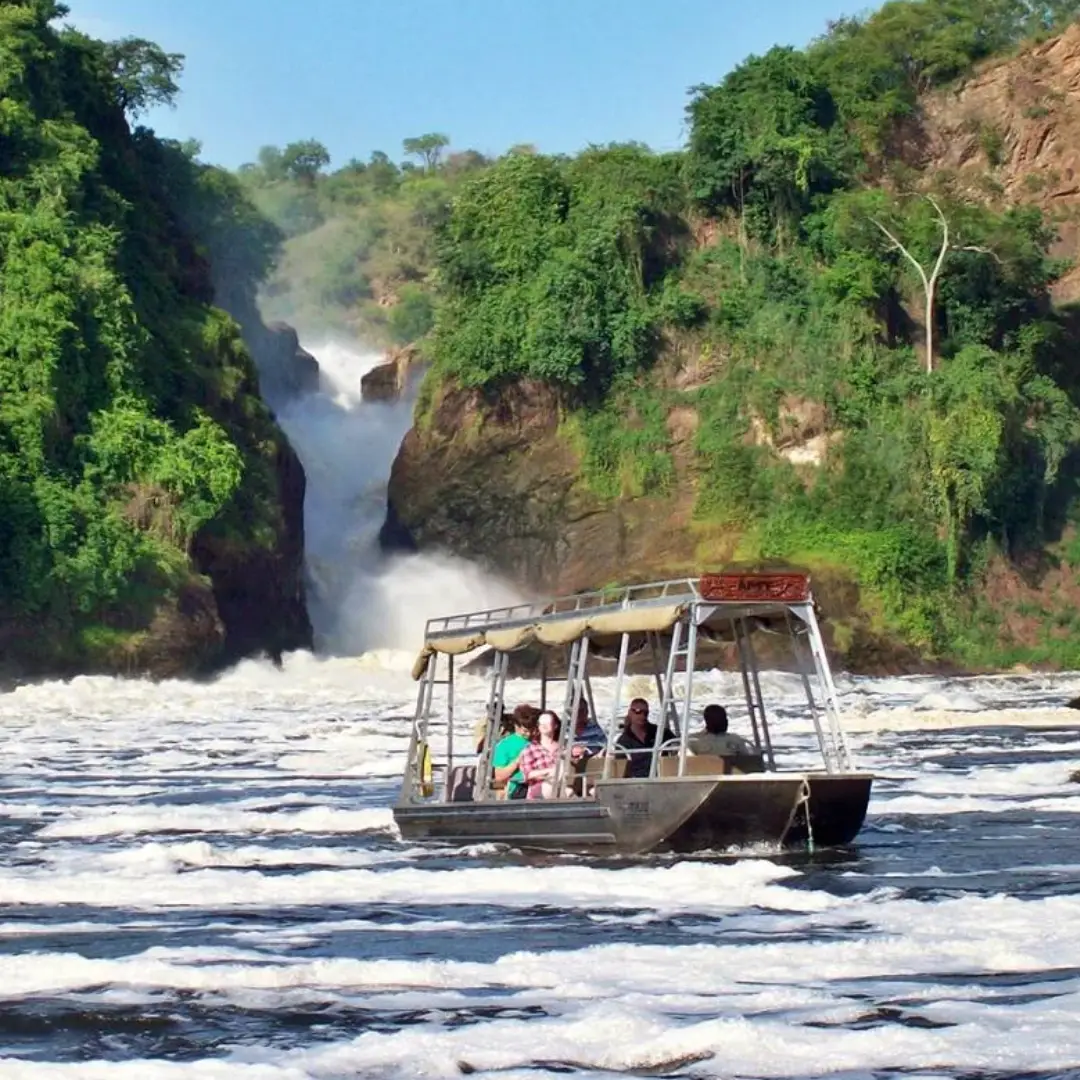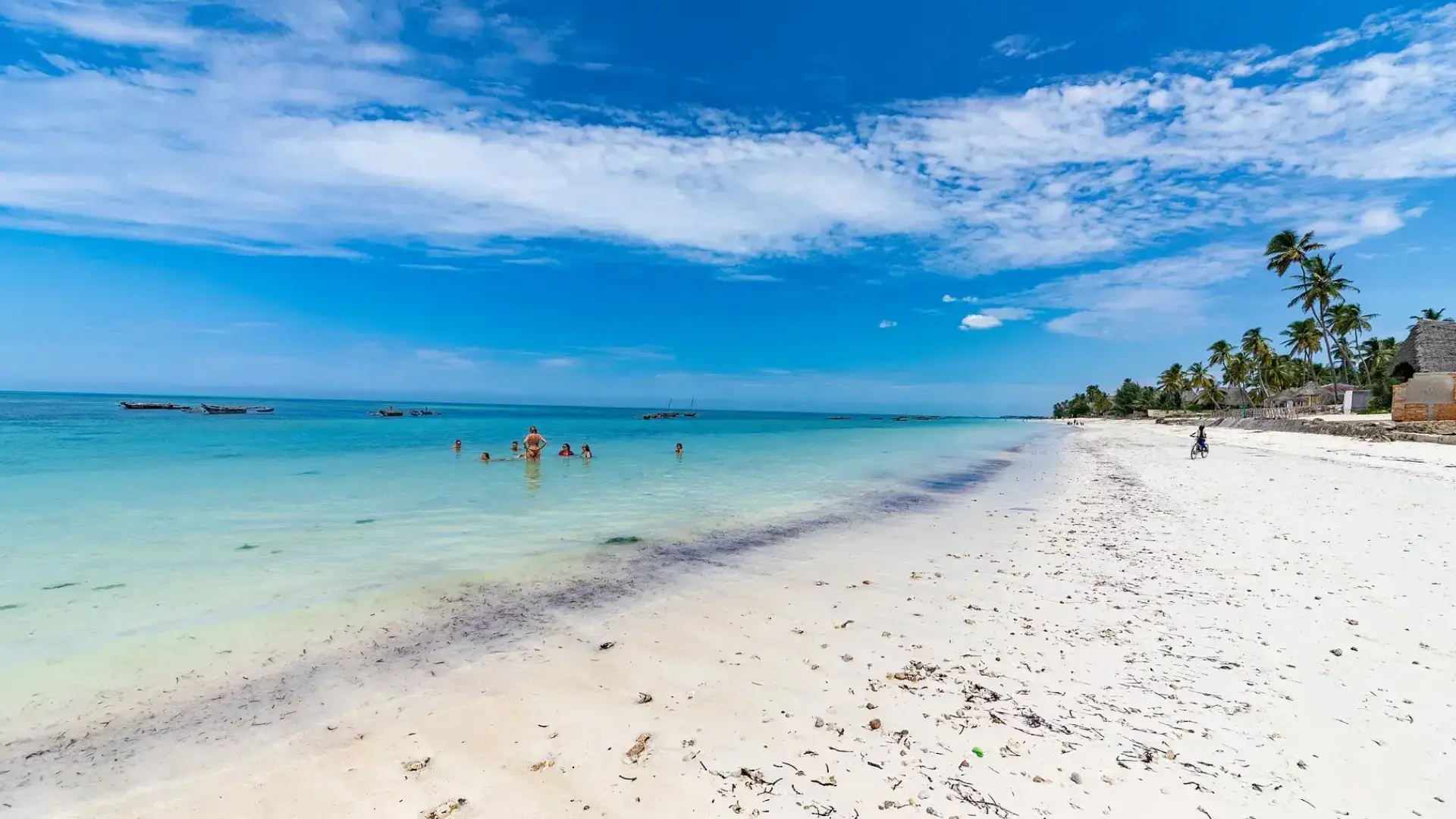Kibale National Park
Kibale National Park, located in central Uganda, is frequently referred to as the “Primate Capital of the World.” Chimpanzee sounds reverberate across the thick rainforest, luring sightseers into a vibrant, living world.
Over 1,450 chimpanzees, L’Hoest’s monkeys, and the critically endangered red colobus monkeys call this 795-square-kilometer park home. The area is also a habitat for 12 other species of primates.
Beyond primates, Kibale’s beauty transcends all. It has a variety of habitats, from tall forests to open grasslands, with more than 325 species of birds and butterflies. Fort Portal, a picturesque village encircled by crater lakes and undulating hills, is near the park.
A journey to Kibale is sure to be full of excitement and discovery, whether you’re on the hunt for chimpanzees, exploring verdant paths, or making friends with the welcoming Batooro people.
Best Time to Visit
The best time to visit Kibale is during the dry seasons: December to February and June to September. These months make forest trails easier to navigate, and wildlife is more visible. Chimpanzee trekking is at its best, with clear skies and manageable conditions for hiking.
During the wet seasons (March to May and October to November), the forest turns vibrant and lush. Bird watchers love this time, as migratory birds and other species are abundant. However, trails can be muddy and slippery, so pack accordingly if you plan to visit during this period.
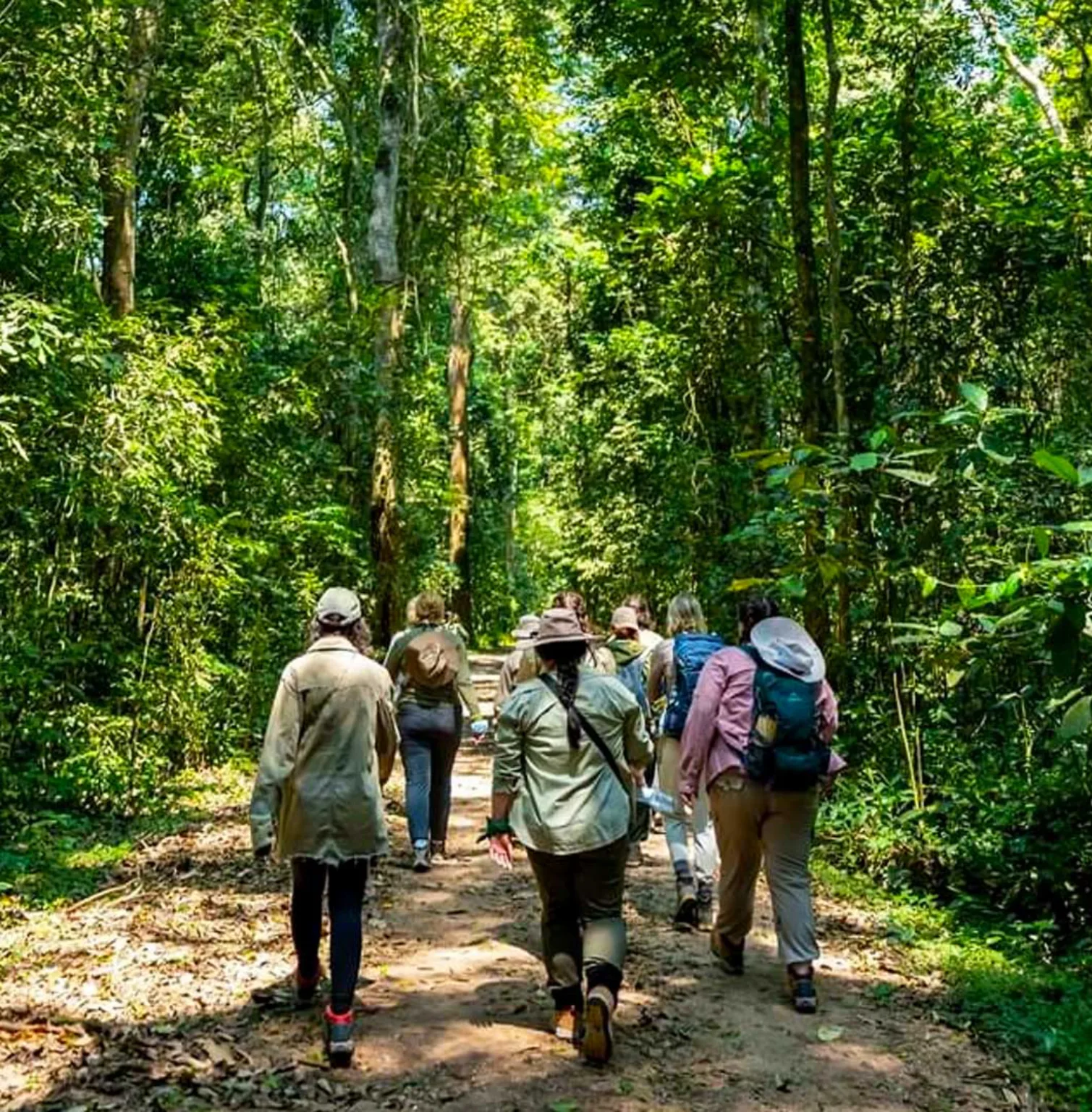
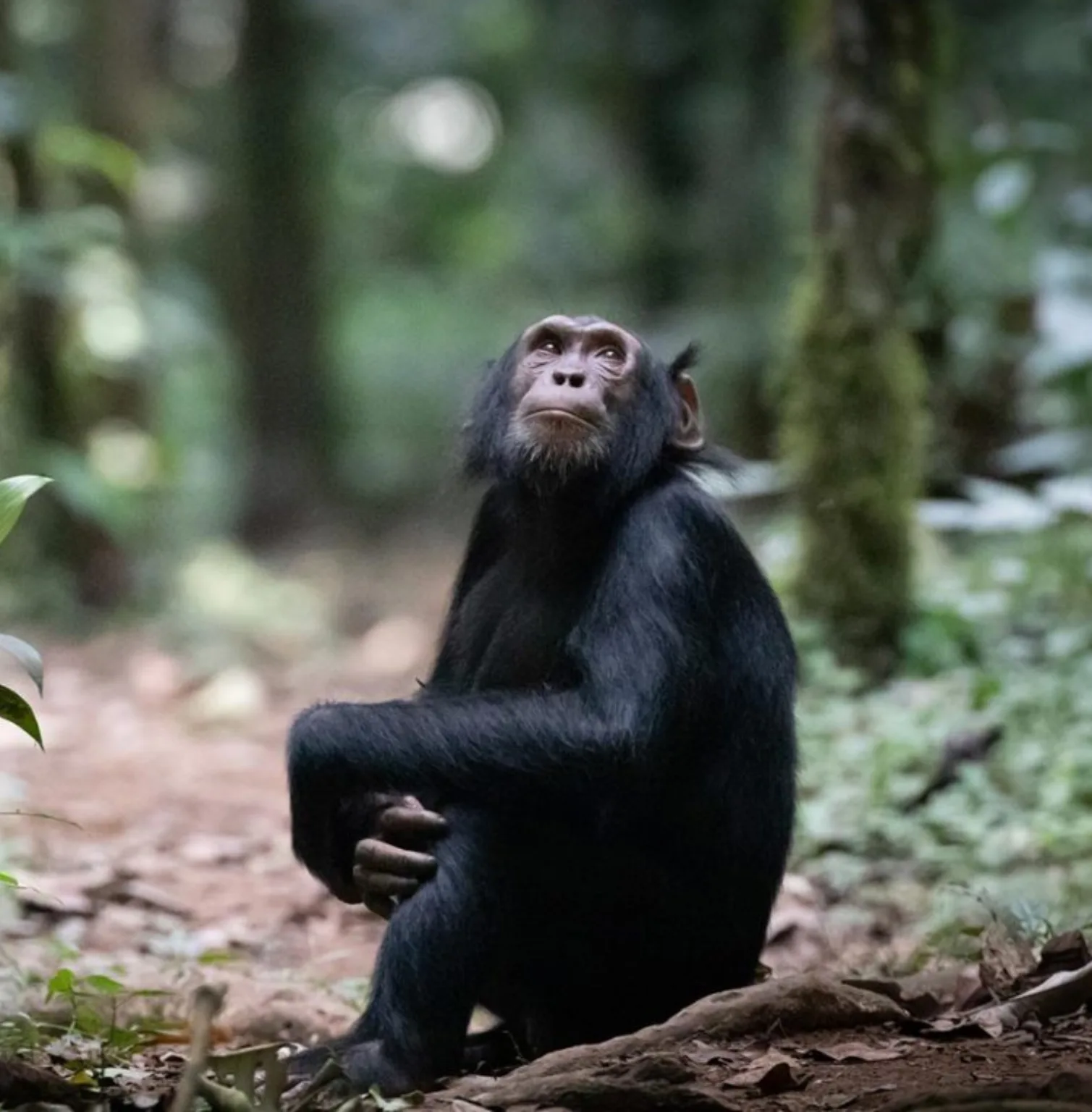
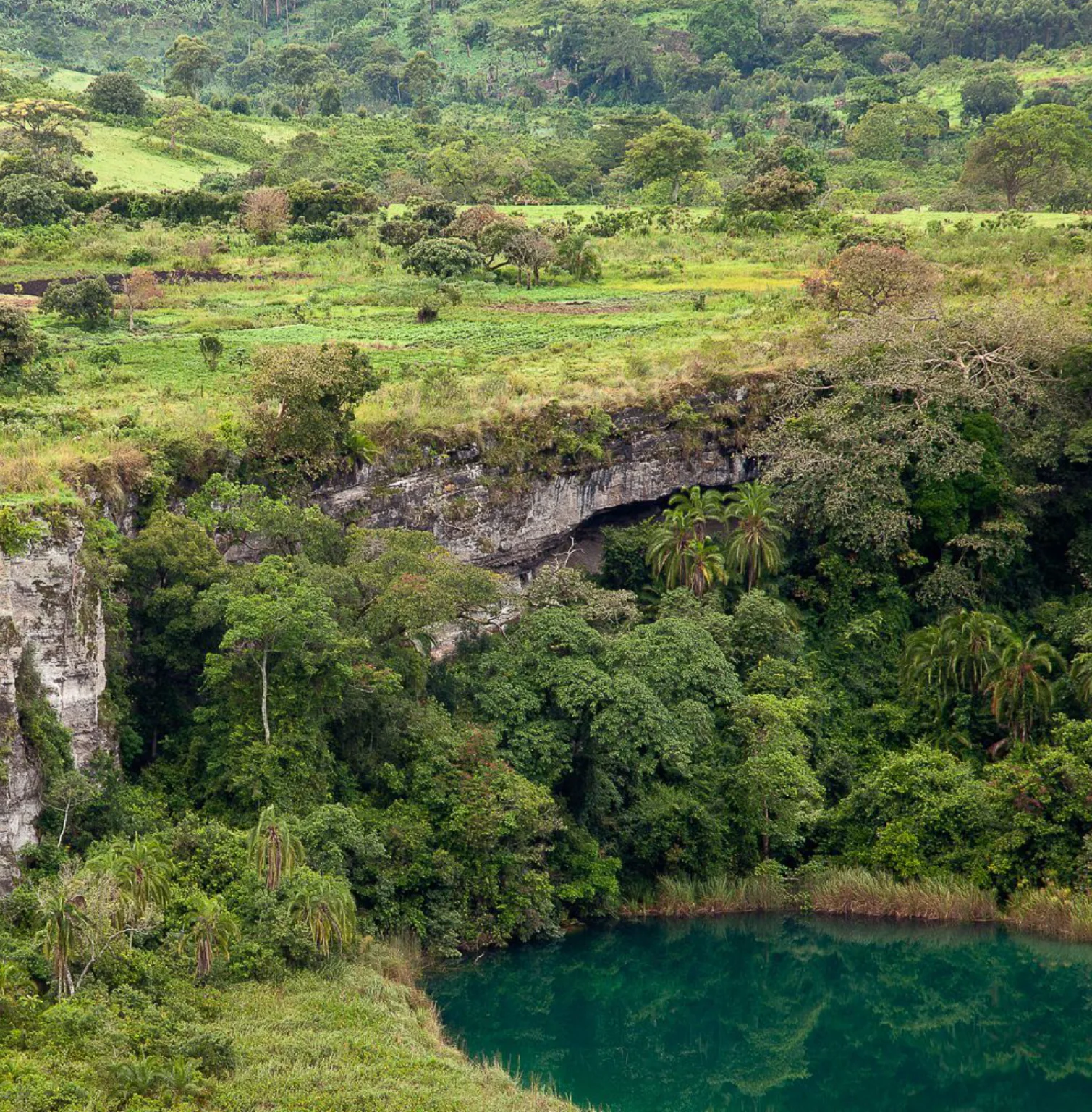
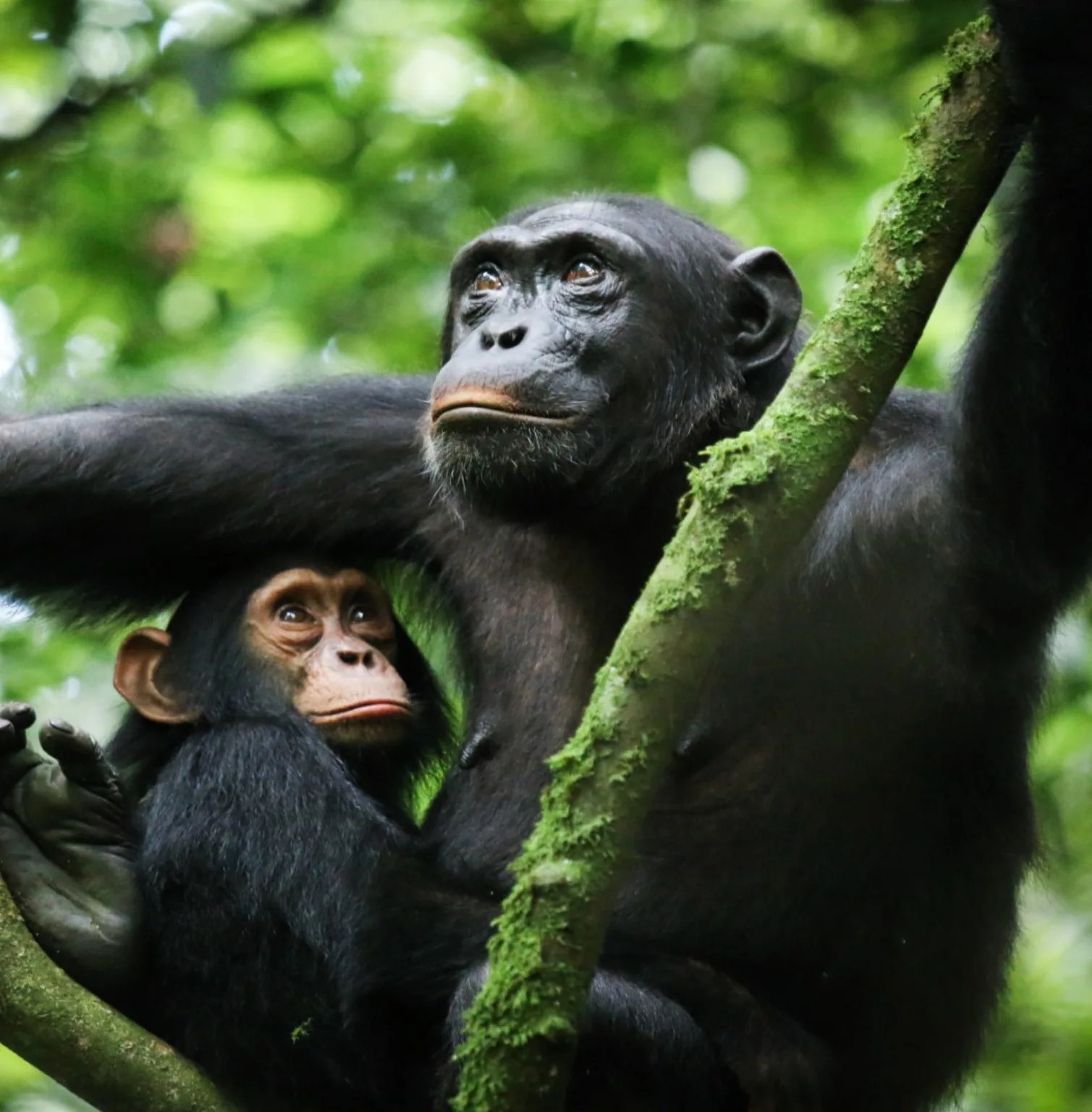
Things to Do in Kibale National Park
There is a wide variety of cultural and environmental experiences waiting for you at Kibale National Park. Discover this beautiful place in the following ways:
Chimpanzee Trekking
Walk through Kibale’s dense forest to find the park’s star residents—chimpanzees. Watch them swing through the trees, forage, and interact in their natural habitat.
Bigodi Wetlands Walk
This community-run swamp sanctuary is a hidden gem. Spot monkeys, exotic birds, and unique plants while supporting conservation and local livelihoods.
Bird Watching
Spot rare birds like the green-breasted pitta, crowned eagle, and black bee-eater. With over 325 species recorded, including Albertine Rift endemics, Kibale is a paradise for bird lovers.
Hiking and Nature Walks
Explore Kibale’s diverse trails, from rainforest canopies to grassy clearings. The 12km forest hike takes you through a variety of habitats and offers stunning views of the surrounding landscapes.
Visit Crater Lakes
The Kasenda Crater Lakes are a must-see. These tranquil, scenic lakes, surrounded by lush greenery, are perfect for photography and peaceful exploration.
Cultural Tours
Meet the warm Batooro people and experience their way of life. Visit local villages, enjoy traditional dances, and learn about their connection to the land and its resources.
Spot Other Primates
Beyond chimpanzees, Kibale National Park is home to over 13 primate species, making it a paradise for primate lovers. Look out for Red Colobus Monkeys, L’Hoest’s Monkeys, Grey-Cheeked Mangabeys, and Blue Monkeys swinging through the treetops. Olive Baboons, Red-Tailed Monkeys, and nocturnal Bush Babies add to the park’s incredible diversity too.
Cultural Immersion, Chimpanzees, and Craters!
Visit Kibale’s verdant realm, where every hike displays exotic flora and fauna as well as breathtaking natural scenery. Here in Uganda, wildlife comes to life, so don’t wait to begin your safari journey!
Kibale National Park Faqs
Where is Kibale National Park located?
Kibale National Park is located in the western part of Uganda, East Africa. The park features a mix of wet tropical forests, dry tropical forests, woodlands, and savannahs. It is situated on the Fort Portal plateau and near the Rift Valley floor, providing a diverse habitat for primates, forest elephants, and over 375 bird species.
What is the main activity in Kibale National Park?
Chimpanzee trekking is the primary activity in Kibale National Park. Visitors can join guided treks in the morning or afternoon to observe these fascinating primates in their natural habitat. The park also offers a chimpanzee habituation experience, which allows visitors to spend more time learning about chimpanzees during their adjustment to human presence.
What other activities can be done in Kibale National Park?
In addition to chimpanzee trekking, visitors can enjoy birding, community walks in Bigodi Wetland Sanctuary, and exploring the Kihingani Wetland near the Sebitoli sector. Families with children can also participate in educational nature walks, photography, and creative games tailored for younger visitors.
How do I get to Kibale National Park?
By road, Kibale National Park can be accessed from Kampala via the northern route through Fort Portal or the southern route passing through Queen Elizabeth National Park. By air, daily domestic flights are available from Entebbe or Kajjansi Airstrip to Kasese Airstrip, followed by a transfer to the park.
When is the best time to visit Kibale National Park?
The best time to visit Kibale National Park is during the dry months of June to September and December when chimpanzees are more likely to feed closer to the ground. However, trekking is still possible in the wet seasons (March to May and November), although rain showers are common during these periods.
What should I pack for chimpanzee trekking in Kibale National Park?
Visitors should pack long-sleeved shirts, trousers in dirt-friendly colours, sturdy trekking boots, insect repellent, binoculars, a camera with a good lens, rainproof gear, and energy snacks. These items will enhance comfort and safety during the trekking adventure.
Related
uganda
Suggested Packages
Embark on an unforgettable journey with our handpicked Uganda safari packages, designed to bring your African adventure to life. Whether you’re trekking to see the majestic mountain gorillas, cruising along the Nile in Murchison Falls, or exploring the rich culture and diverse wildlife of Queen Elizabeth National Park, we’ll create the perfect safari experience just for you.
Reviews
From lion chases to lazy sunsets, our travelers spill stories that prove East Africa is wilder and warmer than imagined.
4.8
Based on 10+ reviews
